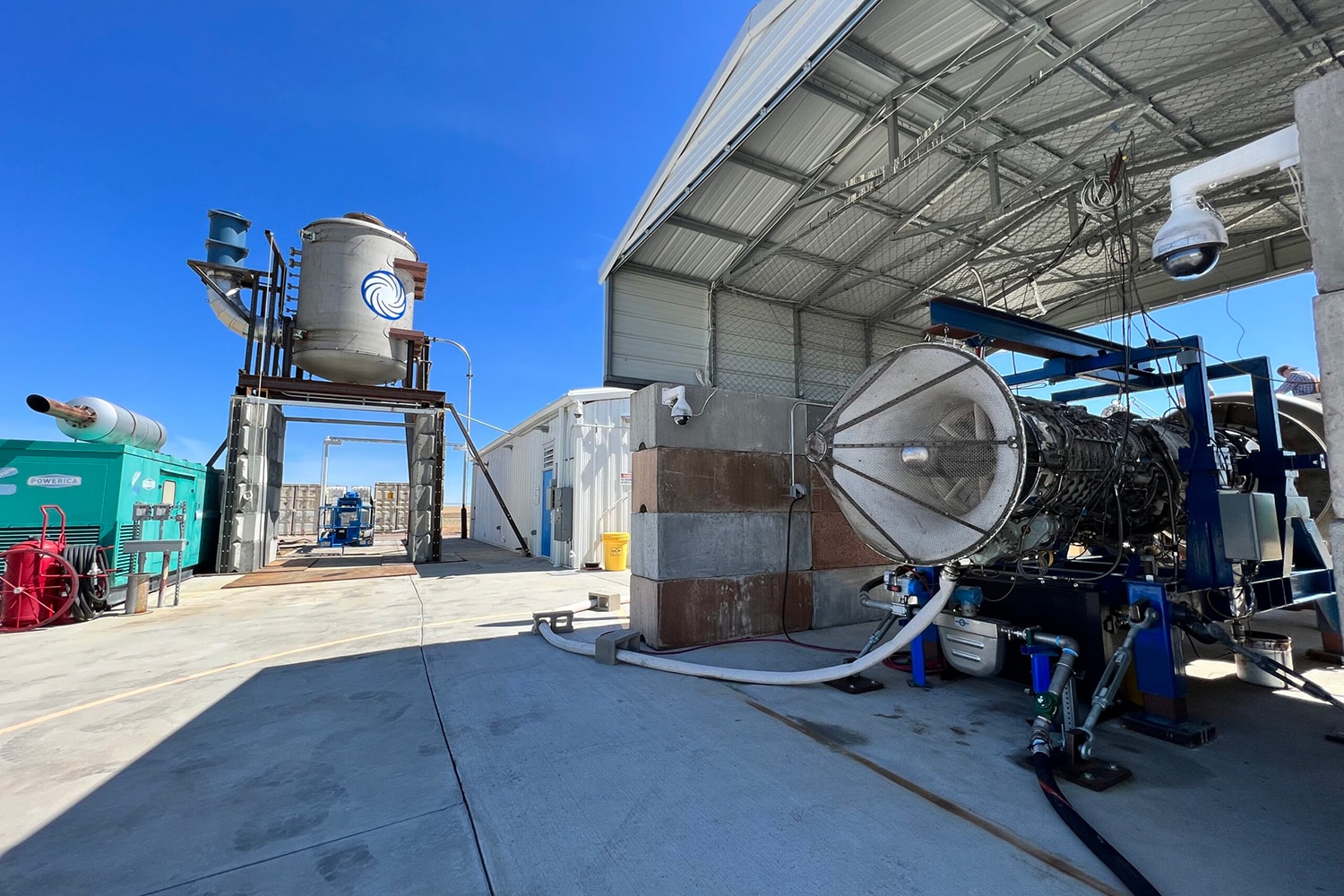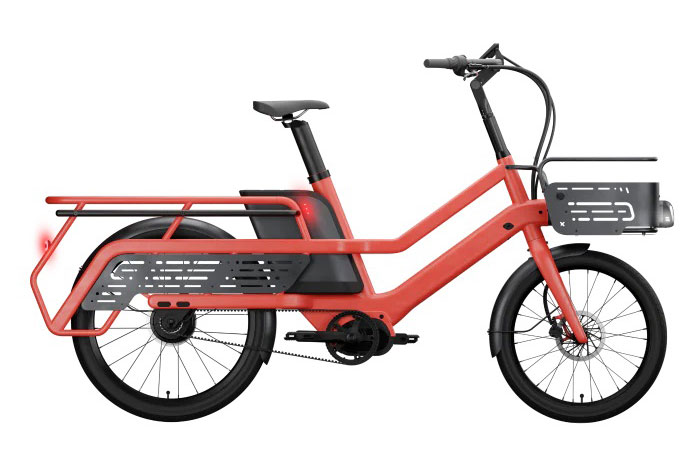
U.K.’s Reaction Engines has revealed the start of a new testing campaign to expand the performance envelope of their high-Mach propulsion technology. Over the coming weeks, the company hopes to prove that its technology could enable current jet engines to operate from takeoff up through Mach 4 and beyond.
The new tests are being conducted in conjunction with the Air Force Research Laboratory (AFRL) as a part of the Foreign Comparative Testing (FCT) Program at the Department of Defense. The FCT program is administered by the Directorate of Defense Research and Engineering for Advanced Capabilities and is focused on the discovery, assessment, and testing of leading foreign technology with the potential to satisfy U.S. Defense technical demands. The program seeks high Technology Readiness Level (TRL) technologies that could rapidly and economically satisfy current and emerging requirements.
“FCT demonstrates U.S. commitment to a ‘two-way street’ for defense procurements with both allied and friendly nations. Reaction Engines technology is world-class and is a great fit for the FCT program,” describes William Reed, the Air Force FCT manager.
The key part of Reaction’s vaunted SABRE (Synergetic Air-Breathing Rocket Engine) is its groundbreaking Precooler, which enables high-Mach engines to function more efficiently. Still under development, the engine promises to operate as a super-fast jet for a hypersonic flight at speeds in excess of Mach 5 in the atmosphere. The engine also has potential applications in space propulsion.
The Precooler can rapidly reduce the temperature of intake air from 1,000 °C (1,830 °F) down to −150 °C (−238 °F) in a counterflow heat exchanger while avoiding liquefaction of the air or blockage from freezing water vapor. The test campaign aims to build upon the success of the previous HTX test program of the Reaction Precooler by significantly increasing the delivered air mass flow rate and other test parameters, which will result in a three-fold increase in the total energy transfer through the engine heat exchanger.
The Reaction Engines U.S. team has been making steady progress since contract awards in mid-2021. The tripling of the planned heat load triggered the need for several system upgrades to the company’s TF2 high-temperature test site at the Colorado Air and Space Port.
Reaction Engines begins testing its high-Mach propulsion technology
Source: Tambay News






0 Comments